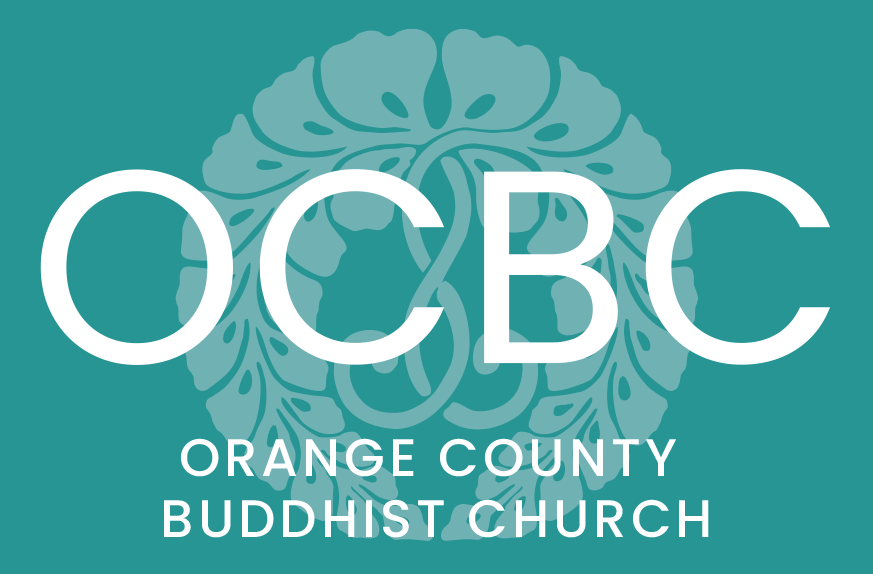Women in Buddhism (Part 1)
Hi everyone, I hope this message finds you safe and well. First, I want to congratulate Jo-Ann Tanioka as our new President of the Board. She is the third woman President after Irene Yamanishi and Rumi Nakatani. As a Shin women minister, I am so happy to work with Jo-Ann for the coming years.
I plan to write a series of articles titled Women in Buddhism in this year’s Korin. Women in Buddhism is a major theme of my academic research and studies. Since the 1990s, when I joined the BWA as a layperson, I have been happily working with the members of the Orange County Buddhist Women’s Association and the Southern District Buddhist Women’s Association under the umbrella Federation of Buddhist Women’s Associations. Women have played a vital role in the history of Buddhism and Jodoshinshu-Buddhism, as represented by Shinran Shonin’s wife Eshinni-sama and daughter Kakushinni-sama, who established the current Hongwanji. Also noteworthy is Lady Takeko Kujo, who founded the Kyoto Women’s University where I graduated, pursued the women’s education. We now should recognize the significance of being a Shin Buddhist woman.
In this first article on Women in Buddhism, I would like to reflect on the first women’s ordination in the Sakyamuni’s time.
Women’s Ordination
Women, including Sakyamuni’s stepmother Mahapajapati who had raised him since he was an infant, asked him for ordination three separate times and the Buddha refused each time. It was custom to ask three times for permission to do something that was a profoundly serious matter. So Mahapajapati cut off her hair, put on yellow robes, and accompanied by other women who had similar aspirations, walked a long distance to where the Buddha had traveled. She stood outside, dust-covered and weeping, until Shakyamuni’s attendant monk, Ananda, noticed her. When he asked what was wrong, she explained it was because the Buddha, or “Blessed One,” would not allow ordination for women.
Ananda asked her to wait, and then approached the Buddha to say, “Buddha, it would be good if women are allowed to join the sangha and learn the Dhamma and discipline declared by the Perfect One.” However, Shakyamuni again refused, even after Ananda asked three times.
Ananda asked the Buddha whether women who leave household life are capable of realizing all the levels of spiritual attainment, including arhatship. The Buddha replied, “They are, Ananda.”
Ananda replied, “If that is so, Buddha, then since Mahāpajāpatī has been exceedingly helpful to the Blessed One when as his mother’s sister she was his nurse, his foster mother, his giver of milk to the Blessed One when his own mother died. Therefore, the Buddha, it would be good if women could obtain the going forth.”
At that, the Buddha allowed women to join his sangha with the condition that they accept eight special rules subordinating the bhikkhuni (nun’s sangha) to the bhikkhu (male monastic sangha). One such rule was that any bhikkhuni, no matter how long ordained, was considered junior to a male bhikkhu even if he had only been ordained a day. This rule had a major impact on the bhikkhuni sangha, because monastic seniority was the main organizing principle within the ordained community. Another of the eight rules stated that the bhikkhuni sangha had to invite and accept oversight and censure from the bhikkhu sangha, but the ordained women could never admonish any male monastic, under any circumstances.
The women who sought ordination readily agreed to the eight special rules largely without argument and the Buddha welcomed them. The bhikkhuni sangha was formed.
While these special rules would certainly seem unfair and sexist to us today, it is important to remember that at this point in history, it was incredibly radical for Shakyamuni to ordain women at all. During this time, India was following the social caste system, believed in an ancient Indian view of women called the five hindrances (that they could not become a Brahma god, Indra, Chakravatin, King of demons, or a Buddha), and expected women to defer to three men in her life – her father, her husband, and her sons. These hindered women from economic independence or from living by themselves in ancient Indian society. However, the Buddhist path of ordination allowed women to leave behind their household lives to live in a woman-led community dedicated to spiritual practice and study.
I hope you enjoyed reading this first article on Women in Buddhism. In the next article, I would like to describe the view of women in Mahayana Buddhism. My writing expands to the Pure Land tradition – the view of women by Honen Shonin, Shinran Shonin, Zonkaku Shonin, and Rennyo Shonin – then focus on the contribution of Shinran’s wife Eshinni-sama and daughter Kakushinni, as well as contemporary Shin woman, Lady Takeko Kujo. In addition to this background, I plan to report on the history of Shin women ministers. OCBWA plans to hold the memorial service called “Kisaragiki” on February 26 for Lady Takeko Kujo. Please stay tuned. I am happy to hear your feedback at rev.wondra@orangecountybuddhist.org.
Namo Amida Butsu,
Rev. Dr. Mutsumi Wondra

